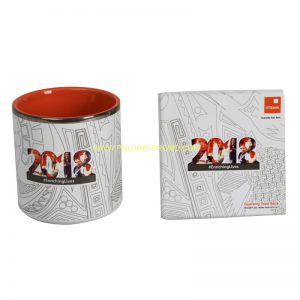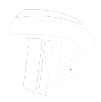La differenza tra ceramica e porcellana sta nella differenza del terreno materiale e della temperatura. Sulla base della temperatura di fabbricazione della ceramica, aggiungendo fuoco e riscaldamento, la ceramica diventa porcellana. La temperatura di cottura della ceramica è 800-1000 ℃, e quello di porcellana lo è 1300-1400 ℃. There are many kinds of ceramic products, the chemical composition between them. Mineral composition, physical properties, and manufacturing methods are often close to each other without obvious boundaries, but there are great differences in application. Therefore, it is difficult to categorize them into several systems. There are different opinions on detailed classification methods, and there is no unified classification method in the world. There are two commonly used classifications from different perspectives.
By use
1. Daily ceramics: such as tableware, tea set, VAT, altar, basin, can, plate, dish, bowl, eccetera.
2. Art (craft) ceramics: such as flower bottles, sculptures, garden ceramics, utensils, photo frames, murals, furnishings, eccetera.
3. Industrial ceramics: refers to ceramic products used in various industries. It is divided into the following four aspects:
① building a sanitary ceramic: such as brick and tile, drainage pipe, face brick, external wall brick, sanitary ware, eccetera;
② chemical (chemical) ceramics: acid resistant containers, pipes, towers, pumps, valves for various chemical industries, acid resistant bricks and ashes for lining reaction pots, eccetera;
③ electric porcelain: used for insulator of high and low voltage transmission line in power industry. Bushing for motor, post insulator, insulator for low-voltage electrical appliance and lighting, insulator for telecommunication, insulator for radio, eccetera;
④ special ceramics: special ceramics used in various modern industries and cutting-edge science and technology, including high alumina ceramics, magnesite ceramics, titanium magnesite ceramics, zircon ceramics, lithium ceramics, magnetic ceramics, metal ceramics, eccetera.



